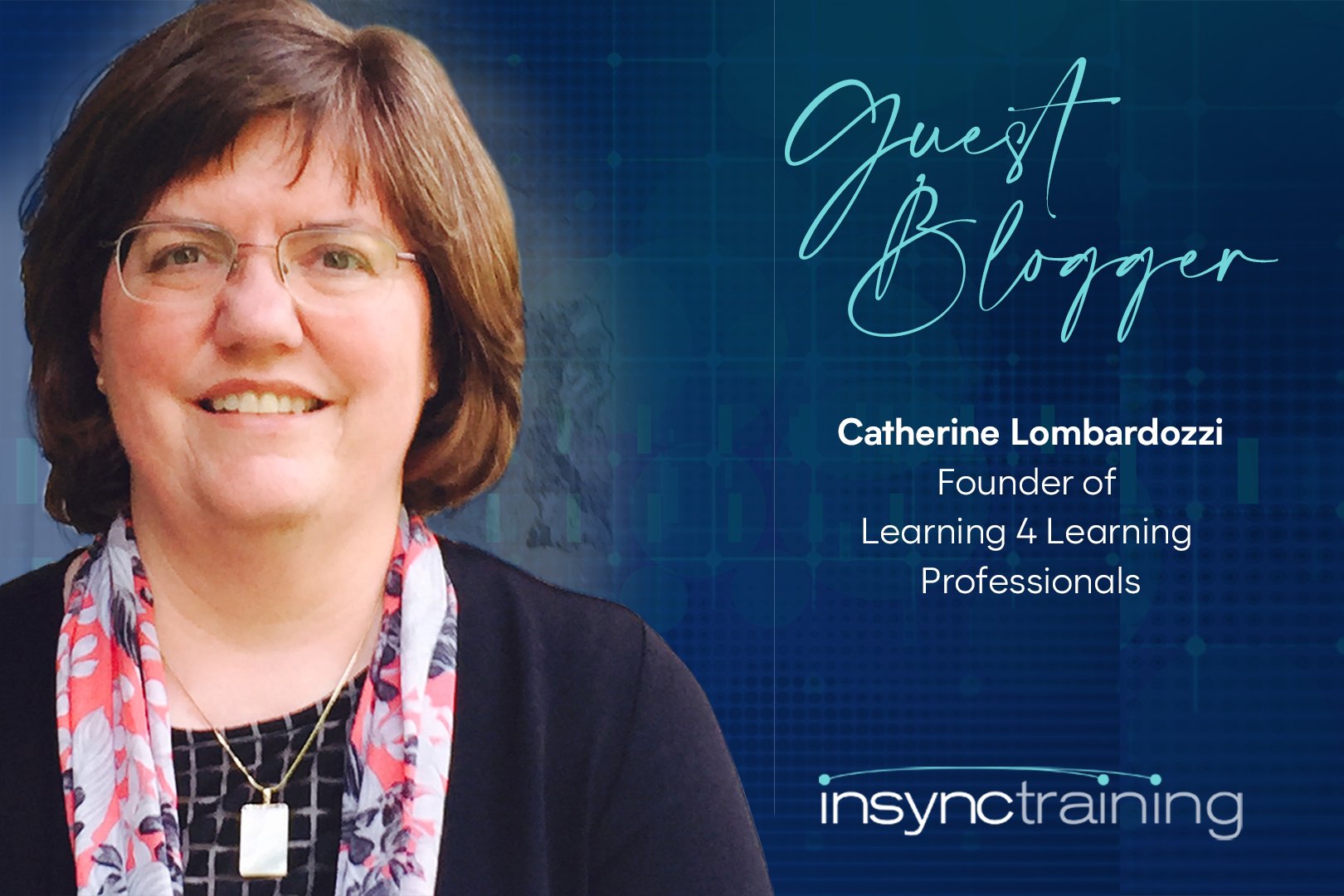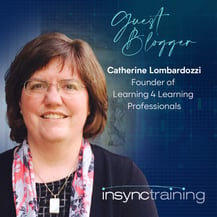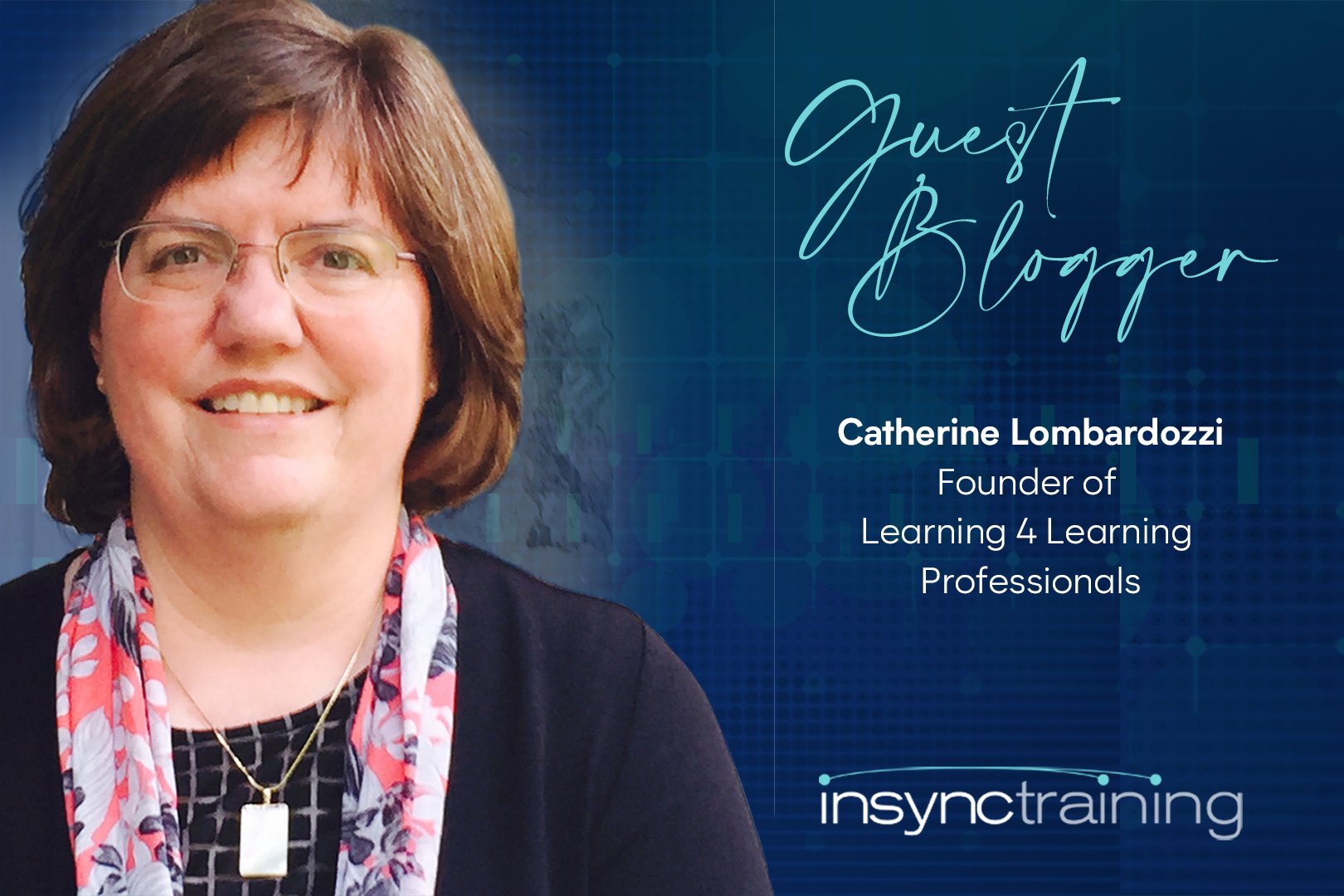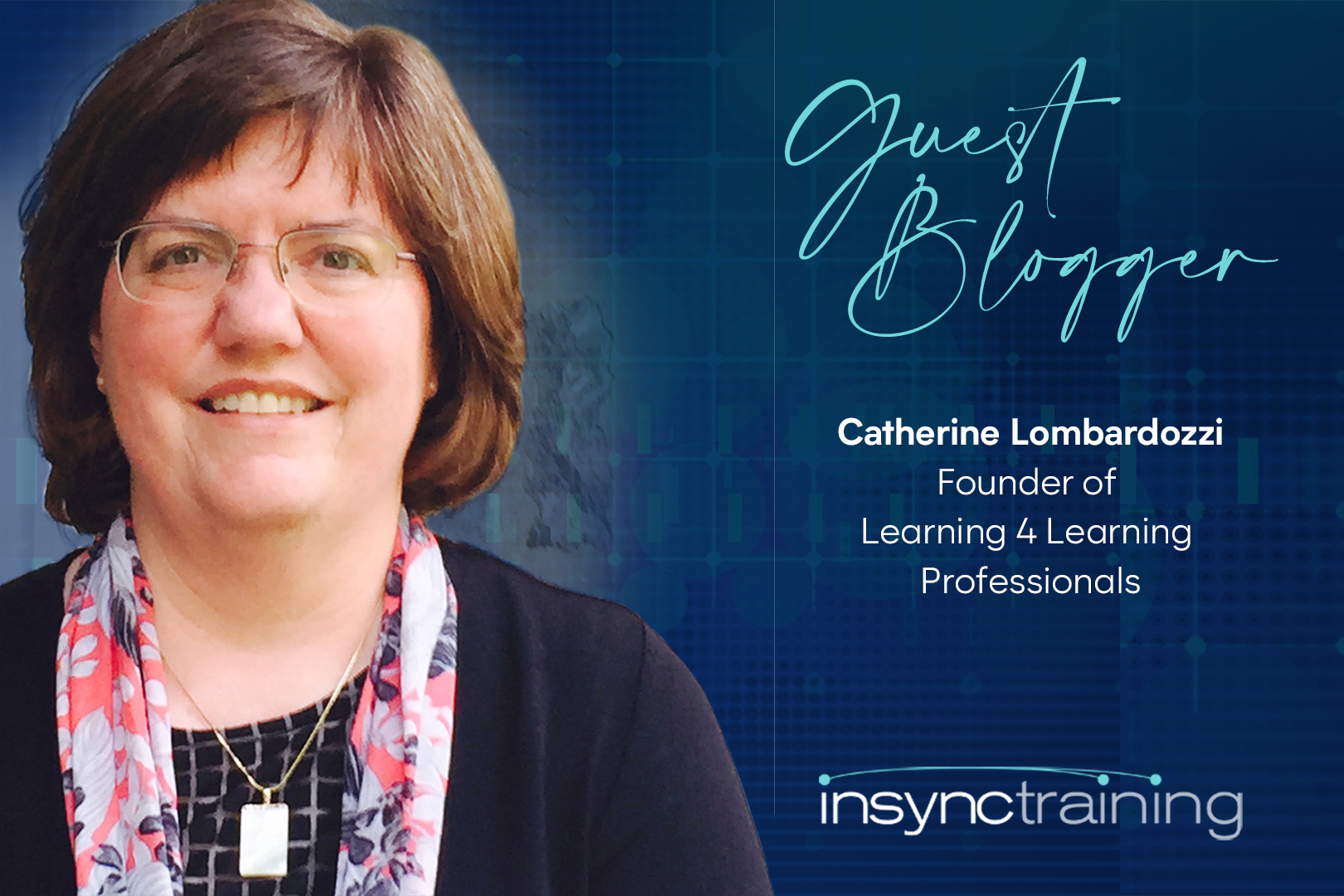Future-Proofing Your L&D Career: Prepare For An Uncertain Future
Part of InSync Training's Thriving as a Learning Professional Series Getting Ready for an Uncertain Future There’s something about the start of the...
3 min read
 Catherine Lombardozzi
:
Jun 21, 2022 8:00:00 AM
Catherine Lombardozzi
:
Jun 21, 2022 8:00:00 AM

When you talk to learning professionals, it’s striking how often they’ll tell you that they “fell into” their career in L&D. People will say that they took on training as a special project and found they liked it enough to make a career lane change.  Or they became interested in what was going on in this space and started playing with tools. Or they had a knack and started helping people in their social circle with putting together presentations or learning modules of some kind. And presto! A new career path was forged.
Or they became interested in what was going on in this space and started playing with tools. Or they had a knack and started helping people in their social circle with putting together presentations or learning modules of some kind. And presto! A new career path was forged.
There’s no need to be embarrassed about that path – a roundabout route is more common than you might think – in any career, not just in L&D.
Since the early 1980s, career expert Beverly Kaye has been pointing out that “Up is Not the Only Way.” In her research and career advice messaging, Kaye names a variety of viable career paths: job enrichment (expanding your job description), lateral movement (transferring to a same-level job in a different area), realignment (moving down in order to move up a different path), relocation (moving geographically), and exploration (taking on interesting projects or side gigs).
In their 2021 research, RedThread named similar career paths. Their research additionally noted an agency path (movement is determined based on skills), outside in (movement to bring skills into the organization from outside) and reset (employees reskilled and redeployed based on organization needs).
Most recently, Julie Winkle Giulioni declared definitively that Promotions are SO Yesterday (to quote a 2022 book title). Her research showed that what employees want from their careers is to make contributions, build competence, gain confidence, forge connections, meet challenges, enjoy contentment, and exercise choice, far more often than they want to climb the ladder.
Once you realize that there are many possible definitions of a great career, how do you find the path that works for you?
In her research on mid-career transitions, Herminia Ibarra noticed an interesting phenomenon about how career moves are made (Working Identity, 2004). Ibarra’s study revealed that people took baby steps toward new career possibilities, testing the waters for what might feel right. They took on special projects and side jobs and found other ways to more substantially immerse themselves in new kinds of work. When they found an arena that fit, they then made moves to turn that into their job. The transition became easier because they had demonstrated skills for a new role in a tangible way. And while Ibarra’s work was focused on those at mid-career, it isn’t hard to imagine how people at any stage might make their moves this way.
The point is that great careers are no longer solely described as steady advancement up a hierarchical set of positions. Moving “around” is to be expected in a rapidly changing environment where people have a very long working life.
The fun thing about the L&D field is that there are so many spaces in which to play. But that sometimes makes it tricky to find your place in it.
If you want to find a path that works for you, here are some research-based suggestions:
Notice what you find interesting and follow that curiosity. You’ll spend a lot of time working, so it’s good to follow your instincts about what is intriguing. Test waters by talking to people, reading up, and trying out some small projects.
Identify your strengths and find ways to use them. Lean into the strengths that will carry you through the learning curve necessary to move around. Use Marcus Buckingham’s definition of strengths – those activities that excite you, that absorb you and make you lose track of time. Working and developing in these areas is a joy, so try to play to these strengths.
Boost your own ongoing learning with constant curation and deliberate learning plans. Keep an eye out for emerging trends and new opportunities, and follow those that offer possibilities for you. When something stands out, make a plan to dig into that subject further, including hands-on activities that give you a better feel for its potential as an enjoyable job role.
Give yourself permission and space to play around. Reserve a little of your time for those side projects that allow you to explore your interests. You never know what opportunities you’ll uncover. These experiments not only expand your knowledge base and skill, they also add to your portfolio and your network, paving the way for job change.
In describing modern careers, conventional wisdom says people will not only have many roles on their list of jobs, they will also change fields entirely more than once. Many L&D professionals are examples of this trend, “accidentally” finding themselves here. But once you’re in L&D, consider staying in this field – there are so many ways to move, so many jobs that require very different skill sets, so much change even within roles as tools and techniques advance – you can never be stagnant. To energize your career, look around for your next happy accident.
Want to learn more? Download InSync Training's 54-page guide: Thriving As A Learning Professional.

Part of InSync Training's Thriving as a Learning Professional Series Getting Ready for an Uncertain Future There’s something about the start of the...

Part of InSync Training's Thriving as a Learning Professional Series One of the aspects of working life that has changed dramatically in the last...

Part of InSync Training's Thriving as a Learning Professional Series Pablo Picasso is thought to have said, “good artists copy; great artists steal.”...